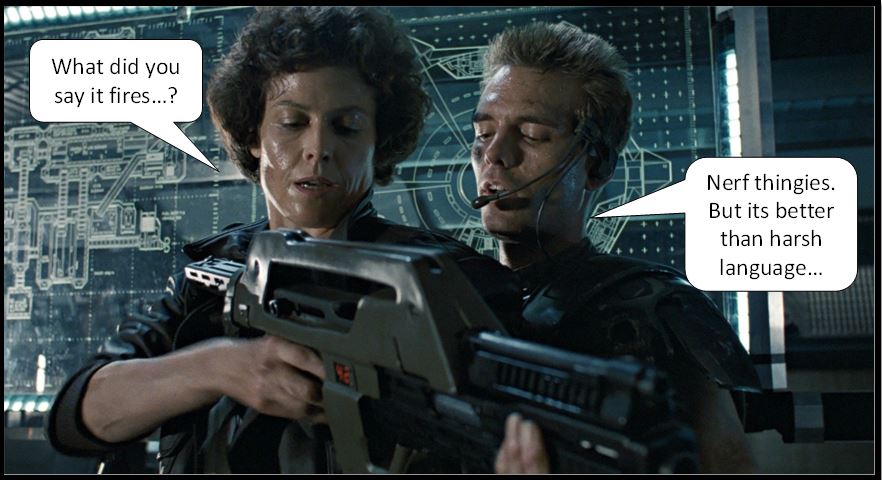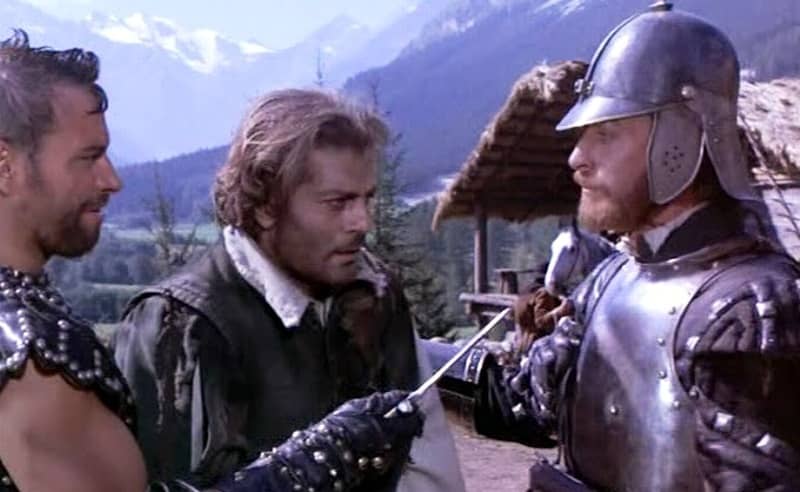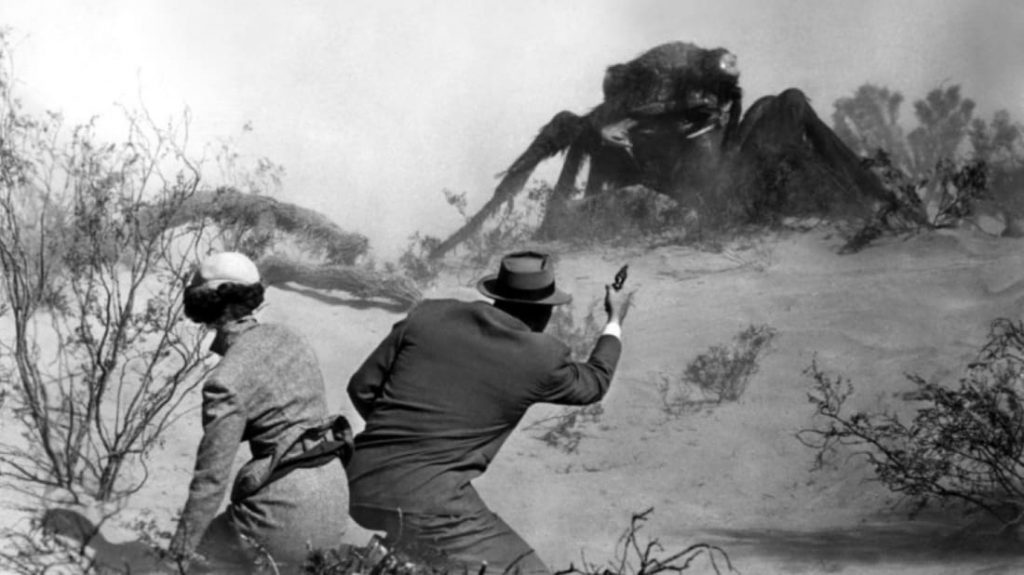Ellsworth’s Cinema of Swords: Peak Musketeers
The Three Musketeers (1973)
Richard Lester directed the best-ever screen version of Alexandre Dumas’s The Three Musketeers and the worst version of its sequel, Twenty Years After. Those films are discussed below, so let’s talk about Lester up here.
An American Jew from Philadelphia, Dick Lester had to go to the UK to make his mark in the movies, though he worked first in television, short subjects, and commercials. His early work was in comedy, and he was part of the gang of English comics that included Spike Milligan and Peter Sellers who created The Goon Show, a direct predecessor to Monty Python. John Lennon was a huge fan of the Goons and of Lester’s hilarious short, The Running Jumping & Standing Still Film, and Lester got his big break when he was tapped to direct the Beatles’ first feature, A Hard Day’s Night. This kicked off what you might call the Swinging London portion of Lester’s career, during which he made some of the funniest movies of the Sixties, including Help! (1965) and A Funny Thing Happened on the Way to the Forum (1966).
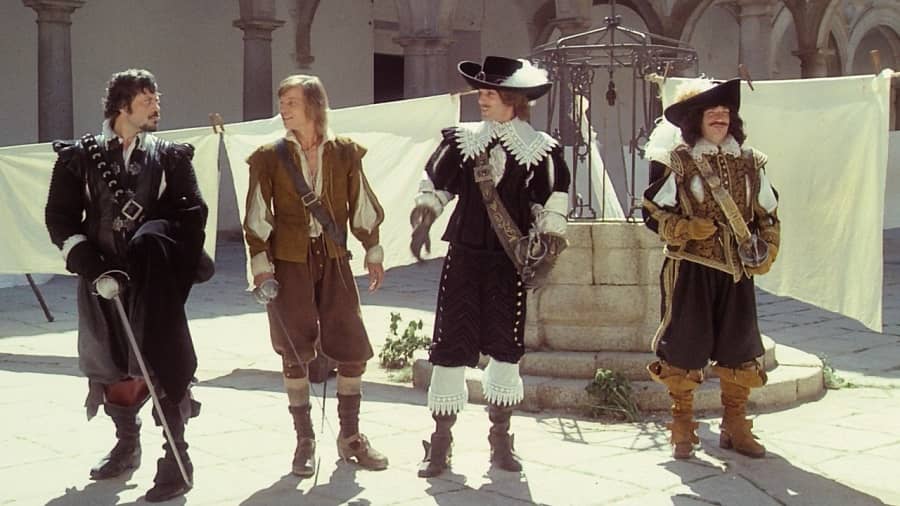
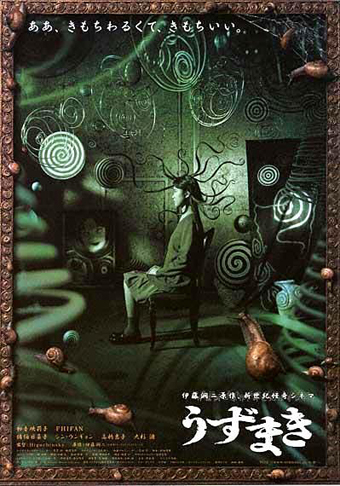 Most of the films at Fantasia 2021 were new, but some were time-honoured works given a screening either because of a new restoration or because they played the festival in the past and were brought back to celebrate Fantasia’s 25th anniversary. Uzumaki (うずまき, literally “Spiral”), from the year 2000, is a case of both — it has a new 4K restoration, and it played Fantasia in 2000. The film’s an adaptation of the manga by Junji Ito, though since it was made while the manga was still ongoing it’s an adaptation that had to find its own answers for some of the questions the text hadn’t resolved at the time of production. Directed by Higuchinsky, AKA Akihiro Higuchi, with a screenplay by Takao Niita, the movie came two years after Ringu (the original version of The Ring) and the same year as the first straight-to-video Ju-On film. It’s one of the early examples of J-horror, then, but sub-genre aside it’s something interesting to consider in its own right.
Most of the films at Fantasia 2021 were new, but some were time-honoured works given a screening either because of a new restoration or because they played the festival in the past and were brought back to celebrate Fantasia’s 25th anniversary. Uzumaki (うずまき, literally “Spiral”), from the year 2000, is a case of both — it has a new 4K restoration, and it played Fantasia in 2000. The film’s an adaptation of the manga by Junji Ito, though since it was made while the manga was still ongoing it’s an adaptation that had to find its own answers for some of the questions the text hadn’t resolved at the time of production. Directed by Higuchinsky, AKA Akihiro Higuchi, with a screenplay by Takao Niita, the movie came two years after Ringu (the original version of The Ring) and the same year as the first straight-to-video Ju-On film. It’s one of the early examples of J-horror, then, but sub-genre aside it’s something interesting to consider in its own right. The second feature film I planned to see at Fantasia 2021 came bundled with an eight-minute short by a familiar name. That short was “Let’s Fall In Love,” written and directed by Shengwei Zhou, whose odd stop-motion feature S He
The second feature film I planned to see at Fantasia 2021 came bundled with an eight-minute short by a familiar name. That short was “Let’s Fall In Love,” written and directed by Shengwei Zhou, whose odd stop-motion feature S He 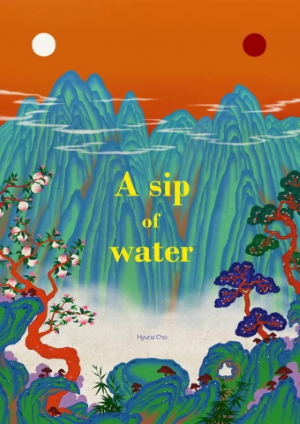 Among the pleasures of the Fantasia Film Festival are the showcases of short films. Some of these feature-length collections get a new iteration every year, while some come and go depending on what’s submitted to the festival. Fantasia’s programmers have a great sense of how to group shorts together, meaning not only are the annual showcases reliably strong work, but new themes are bound to present work of major interest as well. So one of the things that intrigued me the most when I first saw Fantasia’s 2021 schedule was Radical Spirits, a collection of six short films about (broadly speaking) traditional ways of being and traditional spiritual paths. I decided to make it my second viewing of the festival.
Among the pleasures of the Fantasia Film Festival are the showcases of short films. Some of these feature-length collections get a new iteration every year, while some come and go depending on what’s submitted to the festival. Fantasia’s programmers have a great sense of how to group shorts together, meaning not only are the annual showcases reliably strong work, but new themes are bound to present work of major interest as well. So one of the things that intrigued me the most when I first saw Fantasia’s 2021 schedule was Radical Spirits, a collection of six short films about (broadly speaking) traditional ways of being and traditional spiritual paths. I decided to make it my second viewing of the festival.

